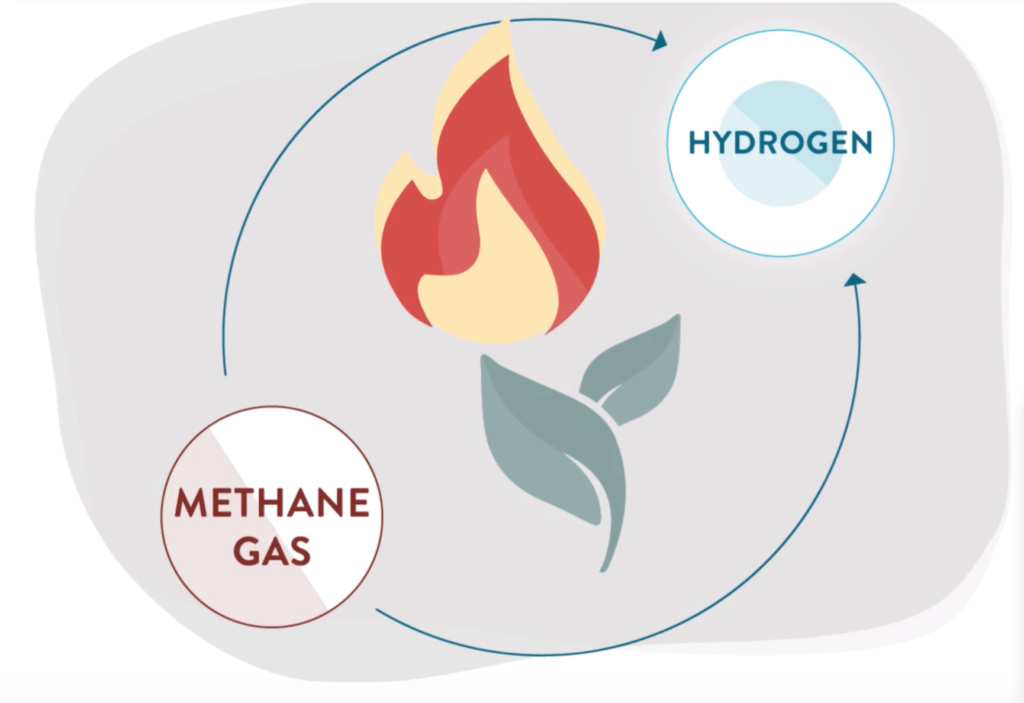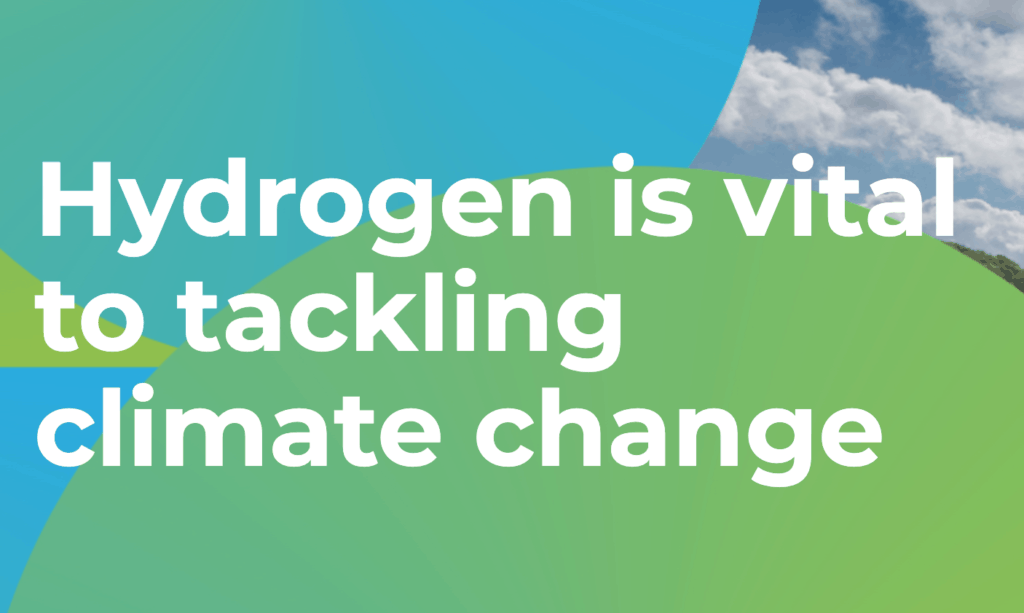The HHIC (Heating and Hotwater Industry Council) has championed the use of hydrogen as a sustainable heating source in the UK. The UK looks towards becoming carbon neutral by 2050, and by 2025 all new build homes will need to have lower carbon emissions. Change is happening fast. But for some not fast enough.

The oil and gas we use today in our heating appliances will not meet this net zero target in 2050, so we now need to look at alternatives. This is where hydrogen comes in.
As it currently stands, heating for domestic and business accounts for 50% of the UK’s energy use, and around 33% of the UK’s carbon emissions. This means by offering something, which is an alternative to oil and gas, for such a huge national energy demand, will give a significant boost to the UK’s net zero campaign.
Hydrogen when burnt, only produces heat and water, making it a very attractive option for energy use. However, there are considerations, which need to be taken into account if hydrogen is to be used as a viable energy source.

HyDeploy:
HyDeploy is a project, which looks at understanding how hydrogen can be used to play a role in combating climate change. HyDeploy is one of a number of initiatives (which also includes Hy4Heat) focusing on hydrogen, which over a period of 2 years is looking at how blending up to 20% hydrogen into the natural gas network can reduce carbon dioxide, without needing to alter how we heat our homes.
HyDeploy is one of a number of hydrogen initiatives from the Department for Business, Energy and Industrial Strategy, which also includes Hy4Heat.
HyDeploy – Hydrogen blending
Hy4Heat – Hydrogen end use
In a recent article we looked at a trial where Keel University successfully blended 20% hydrogen into their gas supply – more info. HyDeploy is made up of a three-stage project. The first stage (also known as phase 1) is still in progress at Keel University. This first phase came about after the HSE (Health & Safety Executive) gave permission to run a live trial of this blended hydrogen at the University.
Approaching the end of Phase 1:
Phase 1 should come to an end towards the latter months of 2020. At this stage focus will be drawn towards Phase 2. This phase will look at a move towards a larger demonstration on a public network in the North East. Plans and actions are already in place to get things moving, the HSE has already started gas safety checks, which will give them information necessary to decide if HyDeploy can move to a live trial by the end of 2020. Once given the go ahead, around 670 properties in an area of Gateshead will use blended gas for heating and cooking for around 10 months.
Phase 1 vs Phase 2 – What’s the difference?
Phase 1 at Keel University was on a private area, with a much smaller sample. While Phase 2 is working with a much wider variety of customers, which represents more of the UK. The results of Phase 2 will be more relevant and informative for a national move towards this blended gas supply, which could be around as soon as 2023.
Hydrogen-Ready appliances:
There are companies that already are producing hydrogen-ready appliances. Worcester Bosch for example, have produced a boiler that can run on hydrogen, whilst using much of the reliable, up to date technology that is found in a regular gas boiler.
These boilers have been described more as “hydrogen ready” than purely just “hydrogen only”, which further adds to the flexibility of the appliance.
Moving forwards after HyDeploy Phase 2, there will be Phase 3, which will look at another large demonstration area in the North East. Assuming all works fine, then evidence will be submitted to government policy makers. More information on this will be made available as and when. Stay tuned!
You can learn more about HyDeploy here








